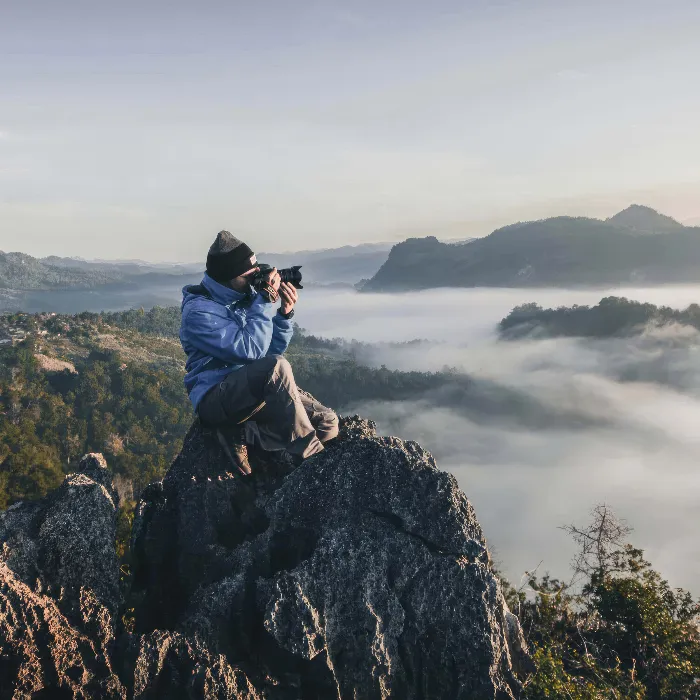Photography is much more than just pressing a shutter. It's about the art of capturing emotions, stories, and moments that often last only a brief moment. In this guide, you will discover what photography truly means, what elements make a good image, and how you can develop your own style. Let's dive into the world of photography together.
Key Insights
- Photography is more than technique; it also encompasses art and emotions.
- A good image requires various factors that often have nothing to do with technical details.
- Having your own understanding of images can help you find and develop your individual style.
Step-by-Step Guide
Understanding Photography
To truly understand photography in its essence, it makes sense to set aside the camera and technical details at first. Rather, the focus is on what truly makes an image and what goals you can achieve with your photography. An image is not just the result of a technically perfect shot, but also a product of your creative vision.
What Makes a Good Image?
The criteria that define a good image are many and often subjective. While some may believe that expensive lenses and equipment are essential, there are numerous factors that carry more weight.
Among other things, composition, lighting, and the chosen subject play a crucial role. You must understand that while technique is important, it is not the only aspect that influences your image.
The Role of Emotions and Stories
Photography tells stories and evokes emotions. Every image you take can convey a message or an emotion that captivates the viewers. Try to see more in your images than just the visible subject. Consider what you want to communicate with each shot and how your own experiences and perspectives can influence your photos.
Careers in Photography
Photography can also offer an interesting perspective professionally. Many people dream of turning their passion for photography into a career. It is important to understand what prerequisites you need to bring and what the entry into this industry can look like.
Learn about different areas of photography, whether it's portrait, landscape, or product photography, and find out which direction appeals to you the most. The path into photography is diverse and offers many opportunities for specialization.
Developing Your Own Image Style
The key to a unique image style lies in regular practice and engagement with your personal taste and preferences. Analyze your own images and learn what you like or dislike about them. Let yourself be inspired by other photographers without simply copying their style. Building a personal visual language is a fascinating and individual process.
Conclusion: A Deeper Understanding of Images
To truly master the art of photography, it is essential to gain deeper insights into the nature of images. It’s about discovering the light, the composition, the emotions, and the stories behind them. Every photographer has their own approach and perspective; find yours and let it come alive in your work.
Summary – Learning to Photograph: An Understanding of the Essence of Photography
In this guide, you have learned that photography is much more than just technique. To create good images, it is important to develop a sense for emotions, composition, and the storytelling power of images. Careers in photography and the development of a personal style offer you exciting opportunities to live and further expand your passion.
Frequently Asked Questions
How can I improve my photography?Practice regularly and analyze your photos to develop your personal style.
What are the most important elements of a good image?Composition, lighting, and the ability to convey emotions and stories.
What different areas are there in photography?Portrait, landscape, product photography, and possibly other specialty areas.
How do you find your own image style?Experiment, analyze your preferences, and incorporate influences from other photographers without copying.


